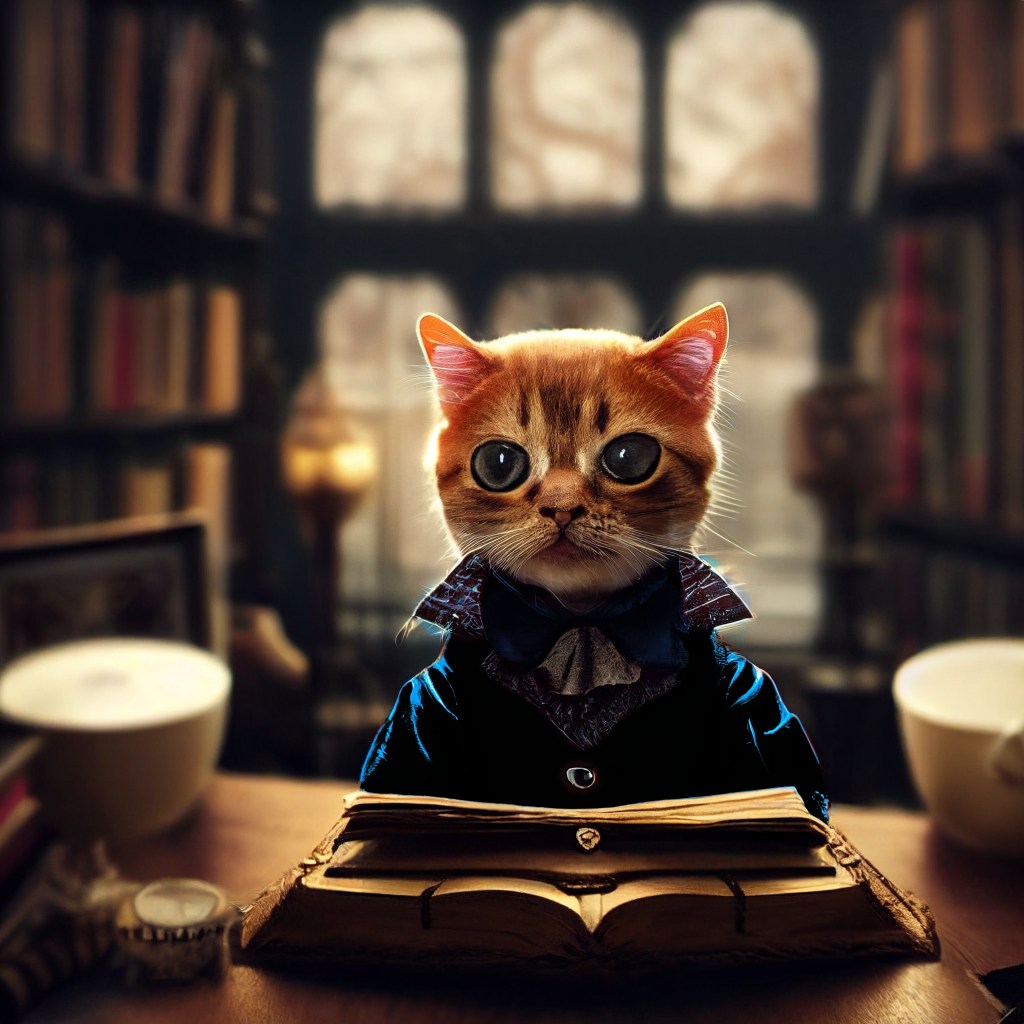I’ve been meeting a lot of new people this week, and hanging around with a variety of people I know well but don’t see very often, and it really drove home the importance of varied perspective. On Wednesday, Sarah talked about the necessity of having a variety of beta readers, because different people will give different feedback on the same story, but what about in-story?
Sometimes, one, single, narrative point of view can be useful- it allows the reader a single point of focus and there’s less confusion about who’s talking at any given point. You, the writer, also get to strongly curate the information you give to the reader- a book is an inherently narrow lens from which to view a world, and one point of view narrows that lens even more. Very useful in genres like cozies or romance, where a lot of the conflicts depend on characters having incomplete or incorrect information about the situation.
Having a second point of view widens the lens through which your reader sees the world, and still allows you to curate the information. Cutting between POVs is common in mysteries and cozies for that reason- it allows you to let information fall through the cracks without obviously withholding it from the reader. On the flip side, you can present both sides of a conflict to the reader ‘straight from the horse’s mouth,’ and they can decide who’s more sympathetic.
Or possibly, who’s crazier. In the time travel WIP, one character is very smart, and in the usual fashion of smart people, occasionally falls into thinking, ‘it can’t be that simple,’ regarding various problems she’s obliged to solve. Having a second POV gives the reader a chance to realize that no, it really is that simple, and overthinking the problem makes it worse. Having a character around to give reality checks to other characters- and the reader- is useful, and because of the nature of the MFC, those reality checks have to be from another character’s POV; she wouldn’t believe it if a non-POV character tried to give her a reality check, which means the reader would probably brush it off, too.
It’s possible to overdo multiple points of view. George RR Martin is up to… a dozen-?- maybe more- points of view in A Song of Ice and Fire, and the confusion of trying to keep the characters straight is one of the more common complaints I hear about the series. I juggled four points of view in the second Garia book, and it worked, barely. All the characters had been previously introduced, and were in completely different parts of the country for most of the story, so they weren’t repeating each other’s story. Once you start having to label scenes with the POV character’s name, that gets a little dicey; I went right up to the edge of that by conscientiously putting the POV character’s name in the first sentence of each new scene.
The biggest sin of writing fiction is, boring your readers. But the second-worst sin is confusing them. Almost everyone can handle two points of view, especially if the characters have strongly different voices- and those different voices are the point of having multiple points of view; similar character voices tend to be boring. More than that?- tread carefully. That’s where the other variation in perspective- multiple beta readers- comes into play. If more than three people have trouble with any particular thing in your story, take another look at it.
On the other hand, I just went through a move with 3-4 people telling me one thing and one person telling me something else. The lone voice was usually correct. So, a majority vote may win the debate, but it’s not always right. See above, about reality checks being important.




One response to “Perspective”
Different points of view require dramatic irony. It should be important that the reader knows things that the characters don’t.